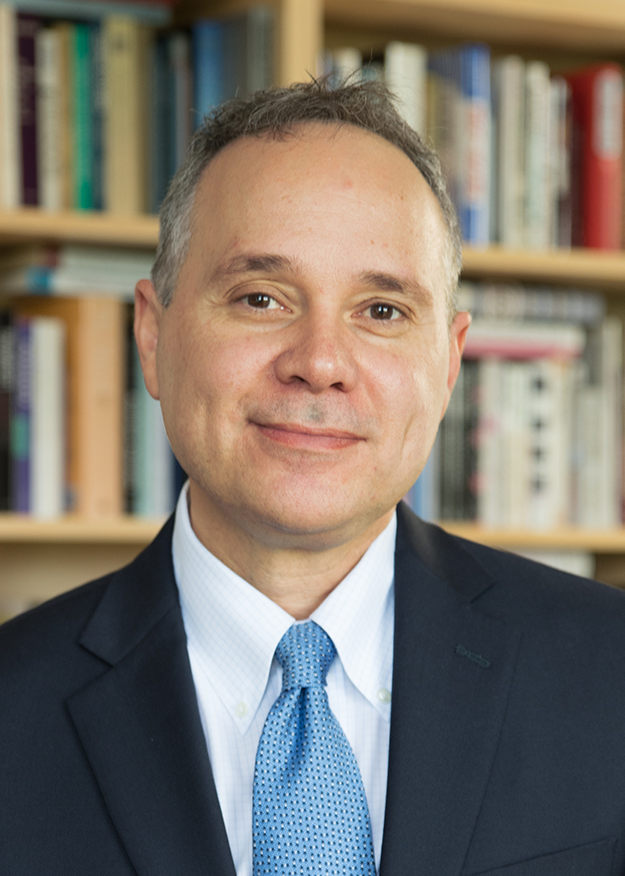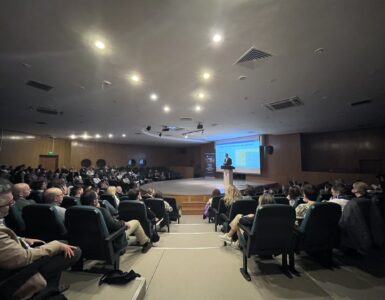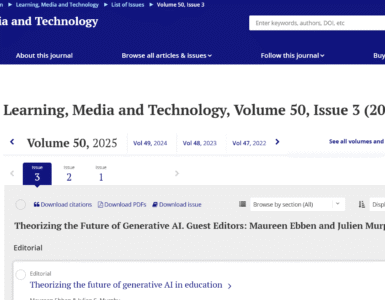By Joshua Kim, Dartmouth College and Georgetown University, and Edward J. Maloney, Georgetown University, USA.
In The Low-Density University: 15 Scenarios for Higher Education (JHU Press 2020), we evaluate the range of potential university responses to the Covid-19 public health crisis. The 15 scenarios that we consider start with a return to the pre-pandemic status quo (Back to Normal), and end with the residential institution being fully transformed into an online institution (Fully Remote). Between these bookends, we analyze 13 additional scenarios for ensuring academic continuity during the pandemic.
Given where we are, it’s reasonable to ask how useful a (short) book, written in late 2020 during the height of the Covid-19 crisis, would be for academic leaders thinking about the future of their institutions in 2022? Are the scenarios we explore for de-densifying the residential campus still useful as Covid moves from pandemic to endemic?
We believe the questions and observations are still relevant, not only to the ongoing discussion about endemic planning and to the future of instructional continuity, but as a foundation for radically rethinking some of the structural limitations that inhibit innovative thinking about curriculum and pedagogy.
The graphic below places the 15 scenarios we discuss in The Low-Density University within a continuum, while segmenting the scenarios in categories of timing, student population, curriculum, location, and instructional method.

Assuming that the combination of stubbornly low population vaccine rates and new Covid variants are in our future, it seems increasingly unlikely that colleges and universities will ever fully return to the pre-2020 business as usual. Instead, we institutions will need to prioritize agility, flexibility, and resilience. These goals can be optimized across the three domains of curriculum, location, and instructional method.
Historically, institution-wide curricular innovations have been catalyzed by a combination of changing ideas and evolving circumstances. Any academic who has lived through a department-wide curricular review, much less a school-wide curriculum overhaul, know that participating in this process is not for the faint of heart. The pandemic provides an opportunity for an institution-wide conversation on the future of curricular design that incorporates a new set of (perhaps existential) objectives around anti-fragility. Few professors wish to return to “ZoomU” when the successor to Omicron appears. Professors, the traditional stewards of institutional curricular decisions through the values and processes of faculty governance, may be more willing to consider new curriculum designs that contain double benefits of pedagogical advances and enhanced resilience to external public health disruptions.
Situating the discussion on hybrid, blended, and online learning within the context of academic continuity may also be a useful framing for institutional planning. Prior to the start of the Covid pandemic, campus debates on the wisdom of prioritizing institutional focus and investment in non-residential programs often centered around concerns about the quality of online learning. While those concerns have not gone away, and in many ways have been made more acute by the emergency pivot to remote instruction in March 2020, there is now perhaps an opportunity to have a different sort of campus dialog. Building internal capacity in developing and running online programs is now widely understood as a core capability for institutions of higher learning. No longer does it make sense to outsource capabilities in instructional design and educational media to an outside company. Schools with experience running their own online programs were more seamlessly able to pivot to emergency remote instruction when necessary. Explicitly linking the resilience of face-to-face education with investments in online programs may help foster a more productive conversation on university priorities, even at the most traditional of residential institutions.
In the same way that the pandemic may open up space for different sorts of academic conversations on curriculum and location, we likely have a window in which existing instructional methods can evolve. There are many examples In The Low-Density University of this kind of thinking, including the Modified Tutorial Model and the HyFlex Model. Each of these instructional methods offers greater flexibility in situations where relying solely on in-person lecture-based courses for all learners is no longer a reliable certainty. Both of these instructional strategies, however, come with considerable challenges in planning, execution, and support. Neither is meant to be silver bullet cures for any eventualities that preclude a uniform return to the lecture hall and the seminar room. Each of the scenarios recognizes, however, that fully face-to-face instruction (even at traditional residential institutions) is unlikely to be feasible as the only option offered to students at all times. Just the pandemic changed how companies think about in-person and remote work, Covid will necessarily shift how universities think about teaching and learning. The scenarios discussed in The Low-Density University can help colleges and universities develop a common language and a shared framework to plan for a post-pandemic higher education.

Author
Joshua Kim is the director of online programs and strategy at Dartmouth College and a senior fellow at Georgetown University.

Author
Edward J. Maloney is the executive director of The Center for New Designs in Learning and Scholarship (CNDLS), a professor of the practice of narrative literature and theory in the Department of English, and the founding director of the Program in Learning, Design, and Technology














